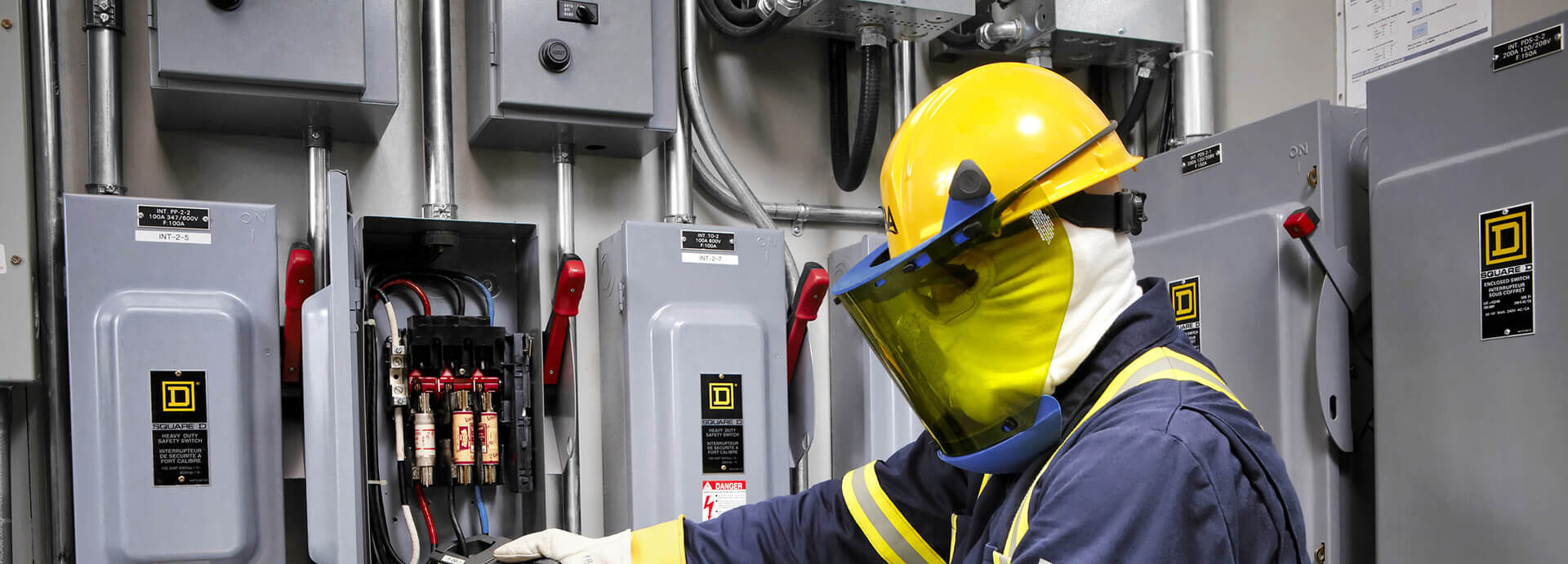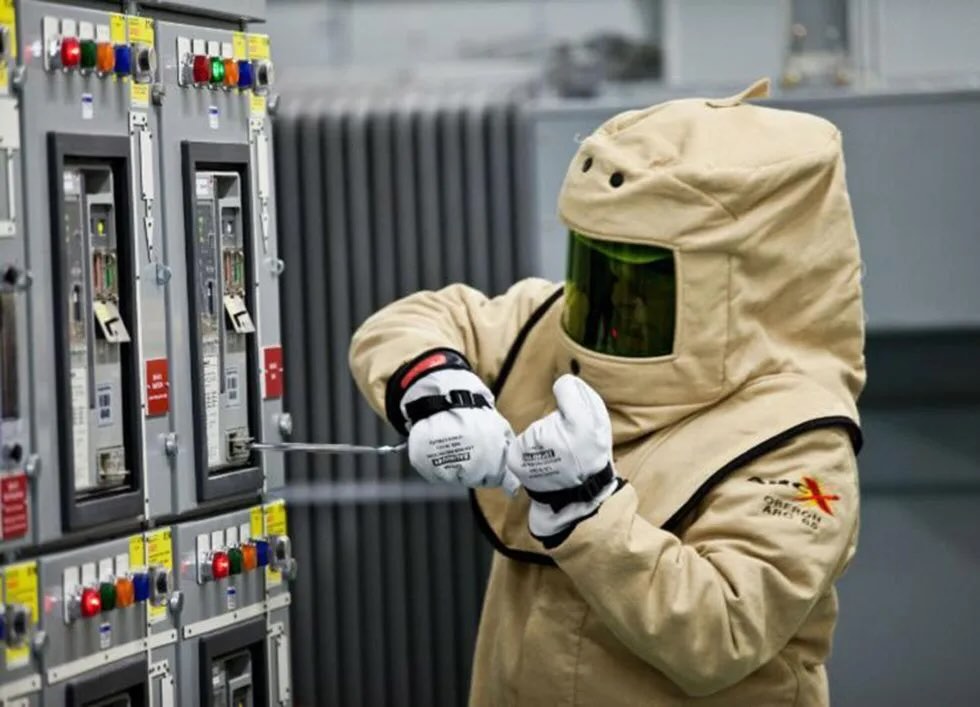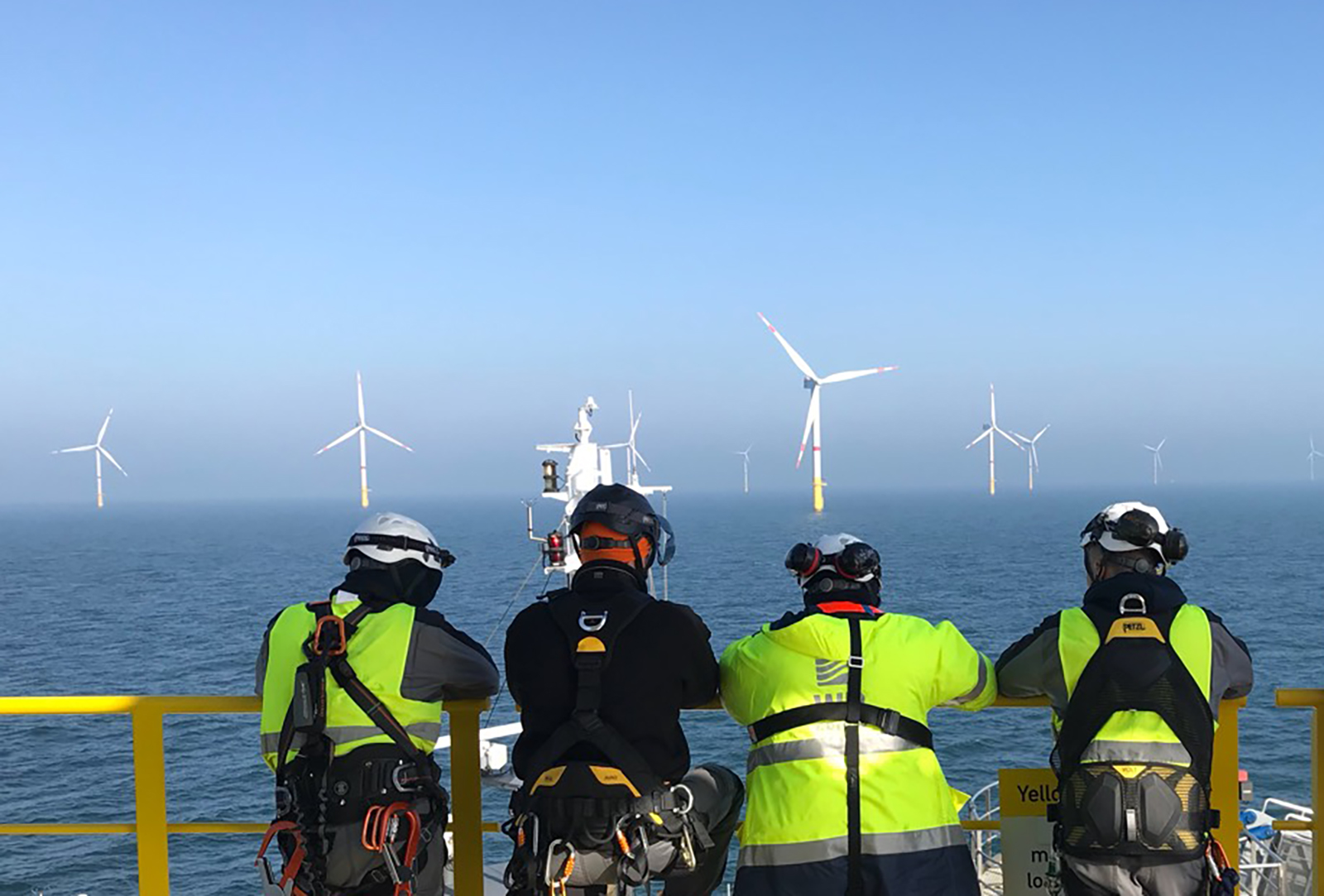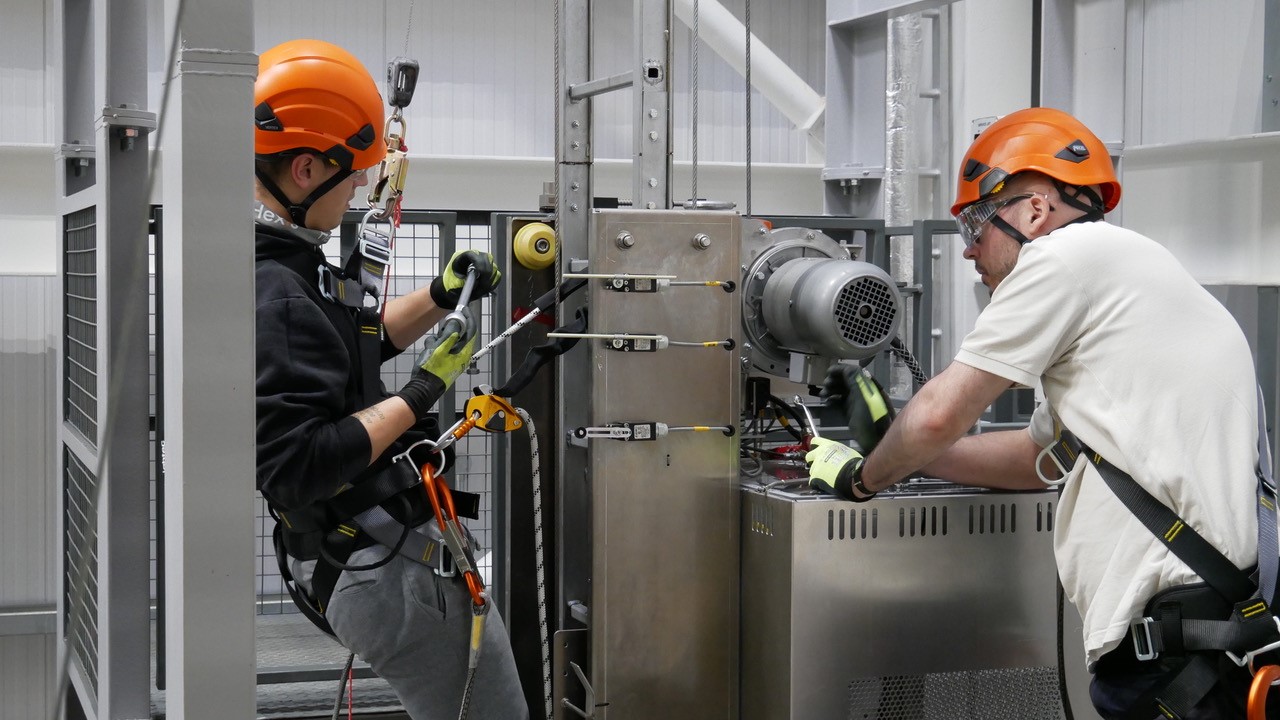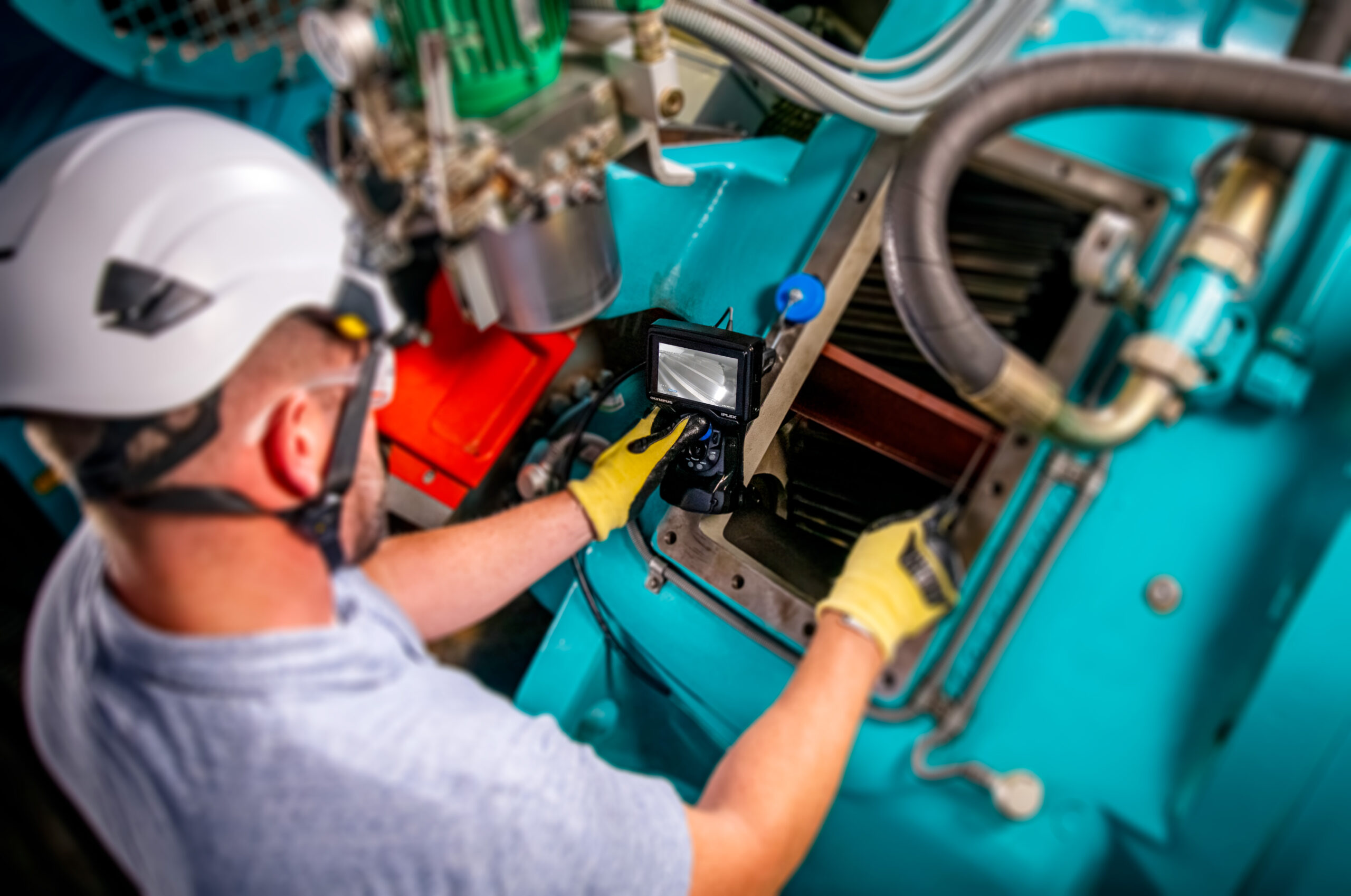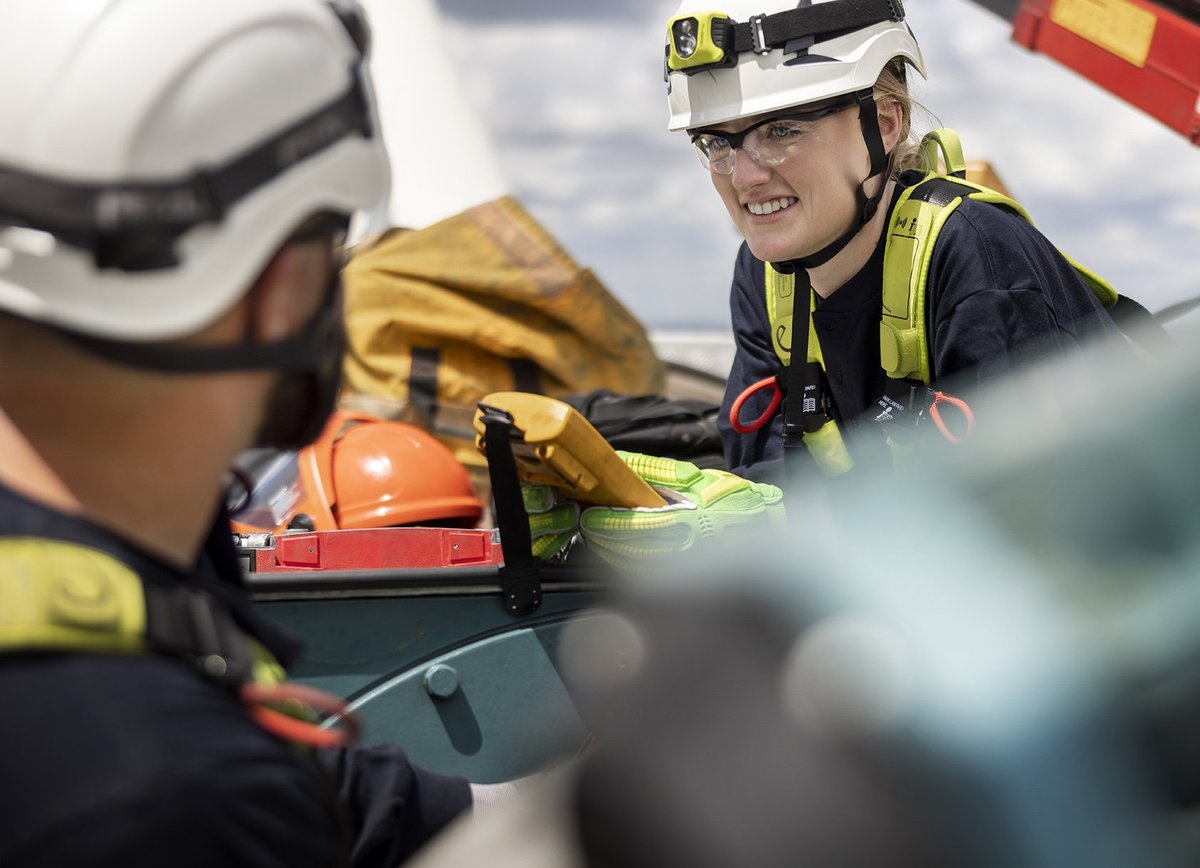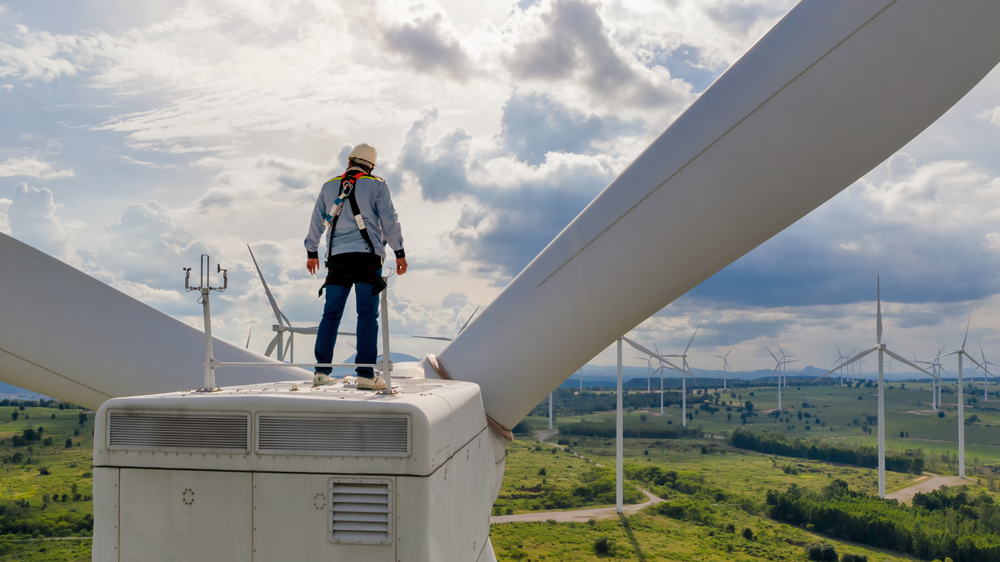No compromises on electrical safety
The wind energy sector is a cornerstone of the renewable energy industry in the United States, providing clean, sustainable power and reducing reliance on fossil fuels. At the heart of this industry are wind technicians—skilled professionals tasked with maintaining, troubleshooting, and repairing wind turbines. Their work is critical to ensuring uninterrupted power generation, but it comes with significant risks, particularly when dealing with high-voltage electrical systems.
The NFPA 70E: Standard for Electrical Safety in the Workplace is essential for guiding wind technicians on how to work safely in these hazardous environments. This standard, along with related training, equips technicians with the knowledge and skills needed to mitigate risks, protect lives, and comply with legal and industry regulations. This article explores why NFPA 70E and its training components are vital for US-based wind technicians and their employers.
Understanding the NFPA 70E Standard
Developed by the National Fire Protection Association (NFPA), NFPA 70E focuses on protecting workers from electrical hazards, such as electric shock, arc flash, and arc blast. The standard is widely recognized as the benchmark for electrical safety and is often referenced by the Occupational Safety and Health Administration (OSHA).
The key aspects of NFPA 70E include:
- Risk Assessment Procedures: Identifying potential electrical hazards and determining mitigation strategies.
- Arc Flash Analysis: Evaluating the risk of arc flash incidents and defining protective measures.
- Personal Protective Equipment (PPE) Guidelines: Specifying appropriate PPE for different levels of electrical exposure.
- Safe Work Practices: Establishing protocols for de-energizing equipment and verifying safe conditions before work begins.
- Training Requirements: Ensuring workers are educated in identifying hazards, using PPE, and following safety protocols.
For wind technicians, these guidelines are not merely theoretical—they are practical tools for staying safe in a high-risk environment.
The Role of NFPA 70E for Wind Technicians
Wind turbines are complex systems that operate at high voltages, often exceeding 34.5 kV. Technicians face unique challenges, including working in confined spaces, at significant heights, and in remote locations where emergency response can be delayed. NFPA 70E provides the framework to navigate these challenges safely.
1. Managing High-Voltage Hazards
The electrical components within wind turbines, including generators, transformers, and control systems, present significant risks:
- Electric Shock: Direct contact with live electrical parts can result in severe injury or death.
- Arc Flash: An electrical fault can produce an intense flash of heat and light, causing serious burns.
- Arc Blast: The explosion associated with an arc flash can propel debris and create pressure waves, adding to the danger.
By adhering to NFPA 70E, technicians learn to identify and mitigate these hazards, significantly reducing the likelihood of accidents.
2. Ensuring Compliance with Regulations
Although OSHA does not mandate NFPA 70E explicitly, it references the standard as a best practice for electrical safety. Employers who implement NFPA 70E demonstrate compliance with OSHA’s requirements for workplace safety, particularly under:
- 1910.269: Electric Power Generation, Transmission, and Distribution.
- 1910.333: Selection and Use of Work Practices.
Compliance protects companies from legal liabilities, fines, and reputational damage while ensuring the safety of their workforce.
3. Adapting to the Unique Challenges of Wind Turbines
Wind technicians work in environments that differ significantly from traditional industrial or commercial settings:
- Remote Locations: Wind farms are often far from urban centers, making quick emergency response challenging.
- Height and Weather Risks: Turbines can exceed 300 feet in height, and technicians often work in adverse weather conditions.
- Confined Spaces: The nacelle, housing many of the electrical components, provides limited room for movement.
NFPA 70E training adapts to these specific conditions, offering guidance tailored to the unique risks of wind turbine work.
The Importance of NFPA 70E Training
Simply having access to NFPA 70E is not enough. Wind technicians need comprehensive training to understand and apply the standard’s guidelines effectively.
1. Improving Hazard Awareness
Training ensures technicians can:
- Recognize electrical hazards specific to wind turbines.
- Understand the severity of arc flash and shock risks.
- Establish safe work boundaries to protect themselves and their team.
2. Ensuring Proper Use of PPE
PPE is a technician’s last line of defense against electrical hazards. NFPA 70E training helps workers:
- Select the correct PPE based on a task’s hazard level.
- Maintain and inspect PPE, such as insulated gloves, arc-rated clothing, and face shields.
- Understand the limitations of PPE and the need for additional safety measures.
3. Teaching Safe Work Practices
NFPA 70E emphasizes practical safety measures, such as:
- Lockout/Tagout (LOTO): Ensuring equipment is de-energized and locked before work begins.
- Voltage Testing: Verifying that systems are completely de-energized before initiating tasks.
- Emergency Protocols: Preparing for incidents with well-practiced response plans.
4. Addressing Emergency Preparedness
In remote and elevated locations, emergency preparedness is critical. NFPA 70E training equips technicians with the skills to:
- Perform rescues using fall protection and descent systems.
- Provide first aid for electrical injuries.
- Communicate effectively with emergency responders.
Benefits of NFPA 70E Training for Employers and Technicians
The benefits of NFPA 70E training extend beyond safety. They also improve efficiency, compliance, and overall job satisfaction.
For Employers
- Enhanced Safety Records: Reducing the frequency and severity of accidents.
- Compliance Assurance: Meeting OSHA standards and industry regulations.
- Cost Savings: Avoiding fines, legal fees, and downtime caused by accidents.
For Technicians
- Increased Safety: A deeper understanding of electrical hazards leads to safer work practices.
- Career Development: Technicians with NFPA 70E training are highly sought after in the wind energy sector.
- Confidence in the Field: Knowing how to handle complex systems boosts confidence and morale.
Challenges in Implementing NFPA 70E Training
While the benefits are clear, implementing NFPA 70E training poses challenges:
- Staying Current: The standard is regularly updated, requiring ongoing education.
- Customization for Wind Energy: Generic training may not address the specific needs of wind technicians.
- Resource Investment: High-quality training programs require time, money, and skilled instructors.
Despite these challenges, the return on investment in NFPA 70E training is undeniable, as it directly contributes to a safer and more productive workforce.
Conclusion
The NFPA 70E standard and its related training are indispensable for wind technicians working in high-risk environments. By providing clear guidelines on electrical safety, NFPA 70E reduces the risk of injuries and fatalities while ensuring compliance with industry and legal standards.
For wind technicians, NFPA 70E training is more than a safety requirement—it’s a professional advantage, equipping them with the skills and knowledge to excel in their roles. For employers, it’s a strategic investment in workforce safety, operational efficiency, and regulatory compliance.
In the growing field of wind energy, where safety and efficiency are paramount, NFPA 70E serves as a vital tool for protecting lives and advancing the industry.
Read our latest case study on electrical safety?
Click the button to learn more

